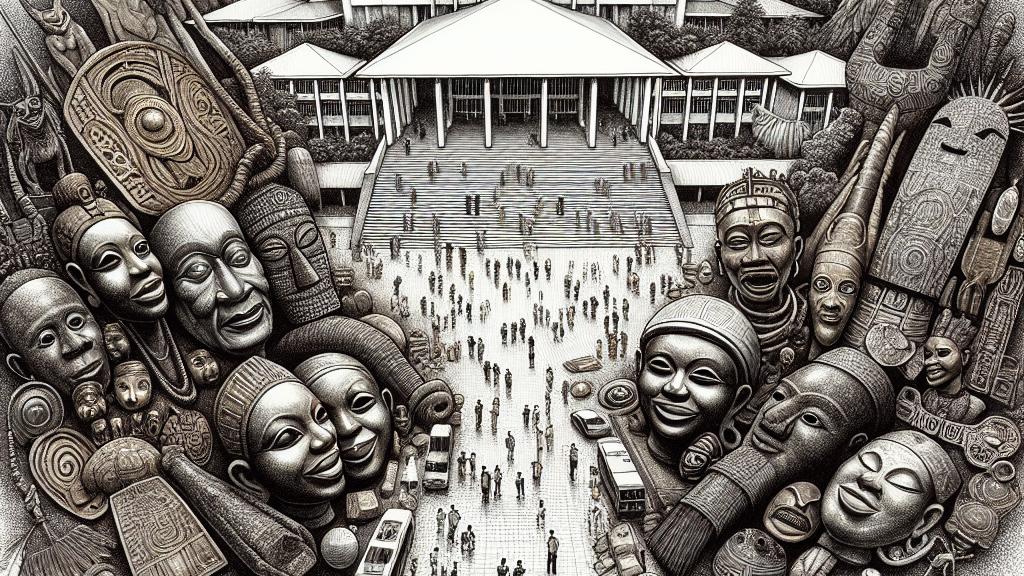Preserving Nigeria's Heritage: The Role of the National Museum
Overview
- The Nigerian National Museum stands as a beacon of cultural identity and pride.
- It evolved from its colonial past to become a sanctuary for Nigeria's rich heritage.
- Innovative outreach programs are bridging the gap between artifacts and local communities.

The Cultural Significance of the Nigerian National Museum
Located in the heart of Lagos, the Nigerian National Museum is not just a traditional museum; it is a living monument that tells the vibrant story of Nigeria's diverse cultures. Established in 1957, just before Nigeria gained independence, this institution safeguards remarkable artifacts including the exquisite Ife bronze heads, elegant Benin brass plaques, and intricate Ibibio masks. Yet, despite housing such illustrious pieces, many Nigerians overlook its significance, comparing it to a well-kept secret waiting to be shared. With new leadership under Olugbile Holloway, the museum is poised for transformation. His plan to take these cultural treasures on the road aims to invigorate community interest, spark conversations about heritage, and reestablish connections between people and their history—connections that are both enriching and transformative.
Navigating the Challenges of Cultural Preservation
The narrative of the Nigerian National Museum dives deep into the complexities rooted in its colonial origins. In the late 1960s, American collectors Charlie Cushman and Herbert Cole were tasked with gathering important artifacts across Nigeria. Their journey was filled with unexpected challenges, as they navigated through both welcoming and skeptical communities. A particularly striking encounter involved a local headmaster who labeled sacred artifacts as 'evil,' adamantly arguing that their destruction was necessary to uphold Christian values. However, through respectful dialogue, Cushman and Cole highlighted the importance of these relics, framing them as symbols of heritage rather than obstacles to faith. This experience serves as a compelling reminder of the critical dialogue needed between cultural appreciation and religious beliefs, emphasizing the museum's role in educating communities about the vast significance of their cultural heritage.
Fostering Community Engagement and Cultural Education
Holloway's ambitious vision for the Nigerian National Museum goes beyond standard exhibitions; he dreams of creating a thriving hub of community engagement. Picture a museum that actively participates in local events, schools, and festivals, transforming artifacts into conversation starters and educational tools. By hosting interactive workshops, storytelling sessions, and cultural celebrations, the museum can inspire a new generation to cherish their roots. For example, children might engage in crafting traditional masks while learning the stories behind them—making connections with their heritage in a meaningful way. Through such dynamic outreach, the Nigerian National Museum is not merely a building filled with artifacts; it can become a vibrant community center where the past informs and enriches the present, ensuring that cultural pride thrives for generations to come.

Loading...